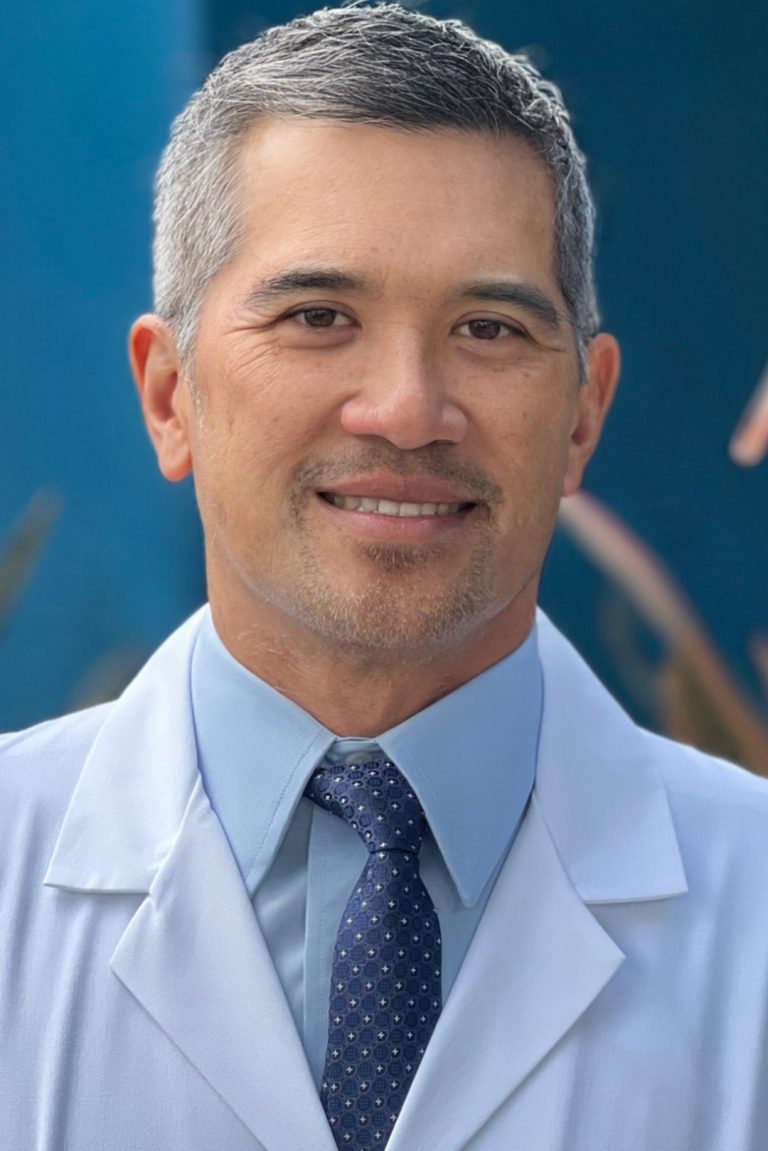The slippery slope of lean muscle loss begins at a younger age than you would guess. The medical term for age-related loss of lean muscle is sarcopenia, and it starts in our 30’s. Sarcopenia occurs at a rate of 3-5% per decade. Less muscle means less strength, less stability, and less dense bones, which all increase the risk for falls and fractures.
It doesn’t have to be this way. You can fight against the loss of lean muscle mass by actively exercising to maintain and gain back muscle mass. Resistance training 3x per week is recommended by the American College of Sports Medicine, just to maintain muscle mass. If you need to add lean muscle, then you will need to do more. Progressive resistance training, when you add progressively more reps, more weight, or more sets, and isometric holds, when you hold a resisted position for a period of time, will help to hypertrophy your muscles. It is never too late to rebuild lean muscle. You are what you eat. If you want to add lean muscle mass to your body, you need to eat amino acids, the building blocks of both protein and muscle. You can find amino acids and protein in both plant and animal foods.
Good sources of amino acids include beans, wild salmon, organic, free-range poultry and eggs, and of course high-quality protein powders. The best time to eat protein for building muscle is within 30 minutes of workout. A smoothie with a carbohydrate to protein ratio of 3-to-1 will allow for optimal post-workout muscle recovery. If your body is deficient in the digestive enzymes that break protein down into amino acids, then you will not be able to benefit from the protein you are eating. Discuss with your doctor if you need to take digestive enzymes. Supplements and hormone replacement therapies can also play a role in optimizing lean muscle mass in the aging population. Both testosterone and DHEA are associated with increased muscle mass in people who are concurrently participating in progressive resistance exercises. β-hydroxy-β-methylbutyrate (HMB), a metabolite of the amino acid leucine, can be taken as a supplement to reverse muscle wasting when combined with muscle-building exercises. Vitamin D, omega-3 fatty acids, and creatine have also been found to help build muscle strength. Discuss the risks and benefits of these options with your doctor before you decide to treat yourself. Supplements are just that: supplemental. You do not need supplements in order to build lean muscle mass, but they can be helpful for the right candidates.
The most important steps you can take to keep your lean muscle mass are:
1. Progressive resistance exercises to rebuild muscle
2. Eat clean sources of protein for the building blocks of muscle
3. Aerobic exercise at least 5 days a week to burn excess fat
4. Isometric hold exercises to hypertrophy muscle
5. Avoid processed foods, greasy foods, and sugar.
—
Dr. Bren Boston, MD is a physiatrist and certified personal trainer. She sees patients at the Akasha Center for Integrative Medicine at 520 Arizona Ave, Santa Monica, CA 90401. Call (310)-451-8880 to make an appointment.
















